What is a Santoku Knife Used For? | Benefits, Uses & More
A Santoku knife is a must-have in any kitchen. It’s a Japanese knife designed for chopping, slicing, and dicing. Whether you’re preparing vegetables, meat, or fish, it efficiently handles every task.
The blade is sharp and precise, making cooking smoother and faster. It’s an excellent tool for both beginners and experienced cooks. You can use it for everything, from cutting onions to slicing fish for sushi. But what makes the Santoku knife different from other knives?
This guide will explore its uses, benefits, and why it’s a key piece in your knife set. If you’re upgrading your kitchen tools or just curious, keep reading to discover why the Santoku knife should be in your kitchen.
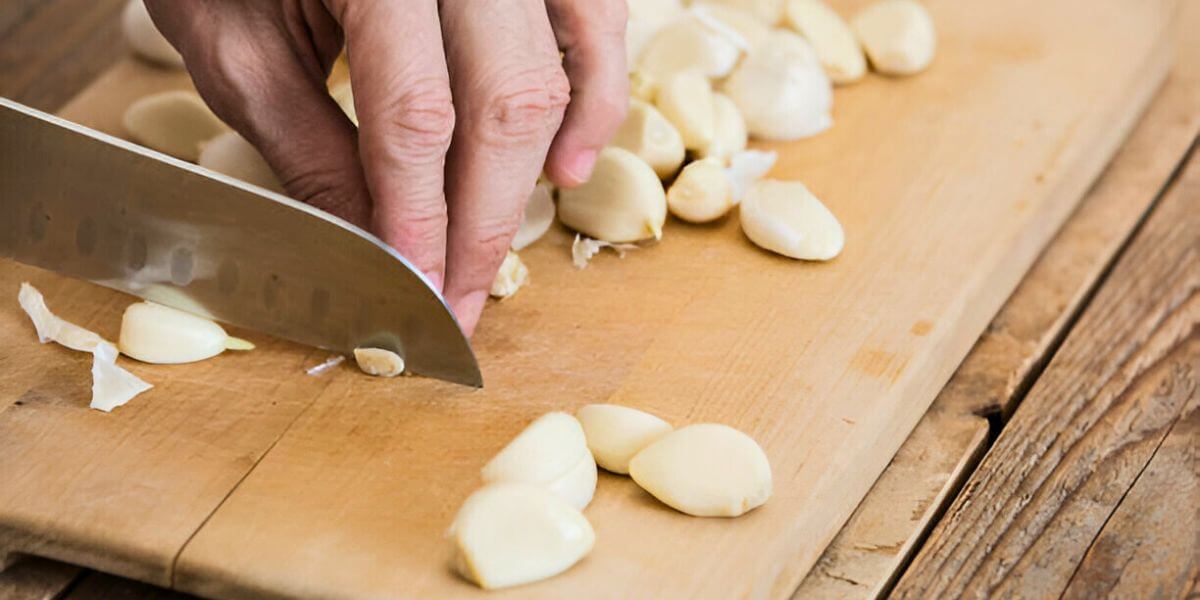
What Is a Santoku Knife?
A Santoku knife is a popular Japanese kitchen tool. “Santoku” means “three virtues, ” which are chopping, slicing, and dicing. The knife is excellent for everyday kitchen tasks.
Design and Features of the Santoku Knife
This knife has a wide, flat blade slightly curved at the tip. It is usually 5 to 7 inches long and perfect for most kitchen jobs. Unlike a chef’s knife with a longer, curved blade, the Santoku is shorter and lighter, making it easier to control. It’s great for those who prefer a light knife or have smaller hands.
The knife’s flat blade makes chopping vegetables and herbs easy. It also helps slice fish and meat into thin pieces. The knife works well with rocking motions, which makes cutting smoother.
History and Origin of the Santoku Knife
This originated in Japan. It was designed for the three main cooking jobs: cutting, slicing, and dicing. Over time, it became popular in other countries, too. Its lightweight design and versatility made it a favorite in many kitchens.
A Santoku knife is a very versatile kitchen tool. It can handle many tasks with ease. Let’s explore its key uses.
Chopping & Dicing
This knife’s flat blade is perfect for chopping and slicing. It easily cuts vegetables, herbs, and fruits.
- Example: “Chop onions or dice carrots quickly for your stew with just a few strokes.”
Slicing
The Santoku knife is excellent for slicing meat and fish. It is sharp and cuts smoothly, making it easy to slice through.
- Example: “Slice fish for sushi or cut thin slices of roast beef with precision.”
Mincing & Crushing
This also works well for mincing and crushing. You can chop garlic and ginger with ease.
- Example: “Mince garlic quickly for your stir fry or crush ginger with just one press.”
Other Tasks
This knife is also suitable for other tasks, such as julienning vegetables or prepping food for stir-frying. Its shape helps with quick and clean cuts.
The Santoku knife is a multipurpose tool that makes chopping, slicing, mincing, and other kitchen tasks more manageable. Whether you’re cutting vegetables, meat, or fish, it gets the job done quickly and efficiently.
Santoku Knife vs. Chef’s Knife
Regarding kitchen knives, the Santoku knife and the chef’s knife are two of the most popular choices. But how do they differ? Let’s break it down.
Blade Length and Design
This typically has a shorter blade, usually 5 and 7 inches. Its flat edge and slightly curved tip make it ideal for quick chopping, slicing, and dicing. On the other hand, a chef’s knife usually has a longer blade, ranging from 8 to 10 inches, and a more pronounced curve. The chef’s knife excels in rocking motions, making it great for more significant cuts.
Related: How to Use Chef’s Choice Knife Sharpener 2-Stage
Weight and Handling
The Santoku knife is generally lighter than the chef’s knife. This makes handling more manageable for those who prefer a more controlled, precise cut. It’s also perfect for smaller hands or those who want a less bulky knife. The chef’s knife, being heavier, is better for tasks that require more force or for cutting through more challenging ingredients.
Versatility and Cutting Techniques
Both knives are versatile, but they excel in different areas. The Santoku knife is excellent for light chopping and precise dicing, especially for vegetables, herbs, and more minor cuts of meat. Due to its size and weight, the chef’s knife is better for more significant cuts, meat carving, and rocking techniques when making bigger slices.
When to Choose a Santoku Knife
Consider using a Santoku knife for small to medium tasks like chopping vegetables, dicing onions, or slicing fish. This knife is ideal for those who prefer a lighter knife with significant control and is your best bet for making quick, precise cuts.
On the other hand, a chef’s knife might be the better option to make rocking cuts if you have to chop through more significant cuts of meat or do rocking cuts.
Benefits of Using a Santoku Knife
This is not just any kitchen tool; it offers a range of benefits. Here are some reasons why it is a game-changer if you’re looking for a knife that makes food prep more manageable and enjoyable.
Precision for Perfect Cuts
One of the standout features of the Santoku knife is its ability to make precise, uniform cuts. The blade is sharp and thin, allowing for cleaner vegetables, meat, and fish slices. You’ll notice the smooth, even cuts, whether you’re chopping onions or slicing fish for sushi. This precision reduces prep time and gives your dishes a professional look, boosting your confidence in the kitchen.
Versatility Across Kitchen Tasks
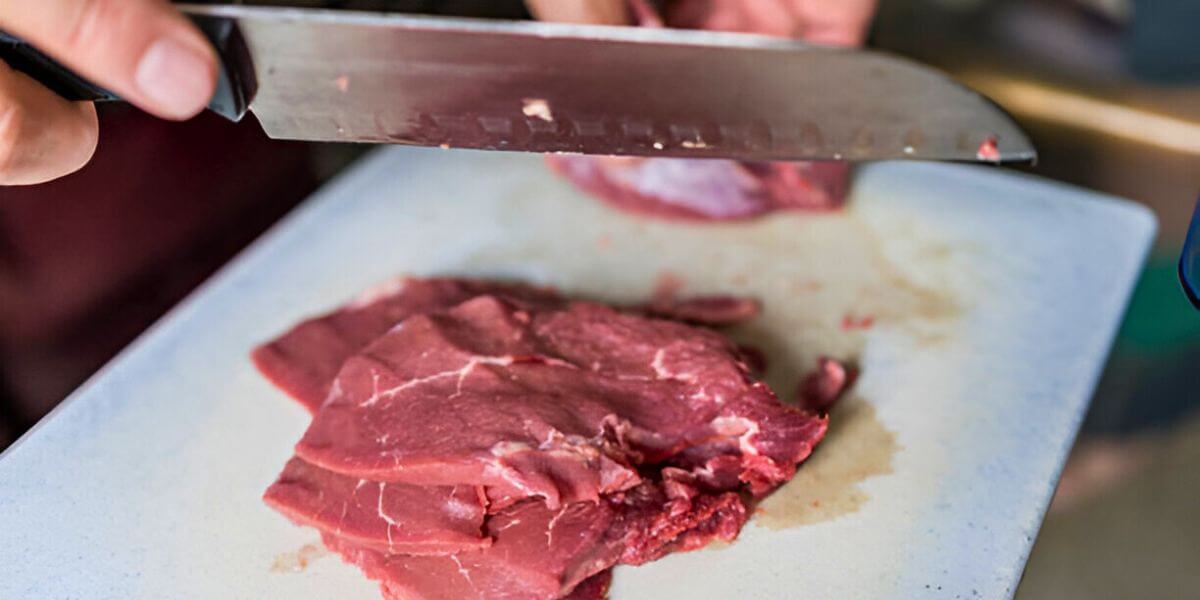
The Santoku knife is a multi-purpose knife that can handle various tasks. It’s great for chopping, dicing, mincing, and even slicing delicate ingredients. Need to chop vegetables for a stir-fry? The Santoku has you covered. It’s also ideal for slicing meat or preparing fish. With this one knife, you can do it all, empowering you with a versatile tool that simplifies your kitchen tasks.
Comfort and Control
The Santoku is the right choice for those who prefer a lighter knife. The shorter, balanced blade makes it easier to control and maneuver, especially for those with smaller hands. Its comfortable grip ensures you can work quickly and safely, reducing the risk of strain during long cooking sessions. This comfort and control provide a sense of ease and safety in the kitchen.
Durability That Lasts
Made from high-quality materials like stainless steel or carbon steel, the Santoku knife is built to last. These materials hold an edge well, meaning you won’t need to sharpen your knife constantly. The sturdy blade can withstand daily use, making it a reliable tool for years.
How to Use a Santoku Knife Properly
This is a fantastic tool, but proper use is essential for the best results. Let’s discuss handling the knife, cutting it precisely, and staying safe in the kitchen.
Proper Grip: Hold it Right for Control
The first step is to hold the knife correctly. Grab the Santoku knife by the handle with your dominant hand for maximum control. Place your thumb and index finger on opposite sides of the blade, just above the handle. Your other three fingers should wrap around the handle for a firm grip. This way, you have complete control of the knife as you cut. It helps prevent slips and improves balance when cutting hard or thick foods.
Techniques for Cutting: Rock, Chop, Slice
The Santoku blade is perfect for several cutting techniques. Let’s go over three key methods:
- Rocking: For vegetables or herbs, use the knife’s curved edge. Gently rock the blade back and forth. This technique allows you to cut quickly and evenly.
- Chopping: Hold the knife firmly and apply pressure as you cut through food. Use the flat part of the blade to make swift, clean cuts. The Santoku’s design makes it great for chopping onions, carrots, and garlic.
- Slicing: This knife’s flat blade makes slicing meat and fish easy. Use a smooth, steady motion to keep the knife sharp for clean cuts. It also works well for thin slices of fish for sushi or meat for stir-fries.
Safety Tips: Stay Safe While Cutting
Safety is crucial when using any kitchen knife. Always make sure your cutting surface is stable. A slippery board can cause accidents. If cutting something challenging, use a sturdy board to keep everything in place. Also, never cut toward your body. Always cut away, keeping your fingers out of the blade’s path. After use, clean the knife by hand—never put it in the dishwasher.
How to Care for Your Santoku Knife
Your knife is a valuable kitchen tool that needs proper care to stay sharp and last long. Here’s how to take care of it:
1. Cleaning Your Santoku Knife
When cleaning your Santoku knife, always hand wash it. The dishwasher can damage the blade and handle over time. Wash it with warm, soapy water right after use. Make sure to dry it thoroughly with a towel to avoid rusting. Never leave it soaking in water, as this can weaken the handle and blade.
2. Sharpening Your Santoku Knife
A sharp knife makes cooking easier and safer. However, even the best Santoku will lose its edge over time, so sharpening is essential. You can use a sharpening stone or take your knife to a professional for sharpening. If you prefer doing it yourself, gently run the blade across a sharpening stone at a 20-degree angle. Depending on how often you use your knife, do this about once a month. Keeping the blade sharp helps with precision cutting and extends the knife’s life.
3. Storing Your Santoku Knife
Proper storage is key to preserving the edge of your Santoku. Avoid storing it in a drawer where it could get scratched or damaged. Instead, please keep it in a knife block or magnetic strip. These options protect the blade and make it easy to access when needed. Consider using a protective knife sleeve if you don’t have a block or strip.
Conclusion
The Santoku knife is a game-changer in the kitchen. Its versatility makes it perfect for all your chopping, slicing, and dicing needs. Whether prepping vegetables, slicing meat, or chopping herbs, this knife gives you precision and control with every cut. It’s a reliable tool that makes cooking faster and easier, no matter your skill level. The Santoku’s lightweight design and sharp blade make it a top choice for many home cooks and professional chefs. If you haven’t yet added one to your kitchen, it might be time!
What’s your favorite knife for cooking? Let us know in the comments below. And if you’re looking for the perfect upgrade, consider adding a Santoku to your collection. It’s a kitchen essential that you won’t regret!
Related: What is a Serrated Knife Used for
How to Sharpen Electric Knife Blades
Frequently Asked Questions (FAQs)
A Santoku knife is a sharp, all-purpose knife that is great for slicing, dicing, and chopping vegetables, fish, and meat. It is also helpful for most kitchen tasks.
A Santoku knife can replace a chef's knife for many tasks. It’s smaller and lighter, making it easy for chopping and slicing food in your kitchen.
A Santoku knife is shorter and lighter than a chef’s knife. Its flat edge makes it suitable for quick, precise cuts, especially in smaller portions.
Yes, a Santoku knife is suitable for cutting meat. It’s sharp and easy to chop, chop, slice, and cut raw and cooked meat.
The Granton edge has small indentations on the blade. These help food slide off easily and stop it from sticking, making slicing smoother and faster.
Yes, a Santoku knife is perfect for chopping vegetables. Its flat blade and wide surface allow you to quickly chop, slice, and dice with significant control.
To care for a Santoku knife, sharpen it regularly. Wash it by hand with mild soap and dry it well. Store it carefully to keep the blade safe.
Related Posts
-
 What Is a Slicing Knife Used For? Discover How It Makes Cooking Easy!
What Is a Slicing Knife Used For? Discover How It Makes Cooking Easy! -
 What knives does Gordon Ramsay use? Check out his premium knives
What knives does Gordon Ramsay use? Check out his premium knives -
 What Knife Do Navy Seals Use? SEAL's Standard Issue 2025
What Knife Do Navy Seals Use? SEAL's Standard Issue 2025 -
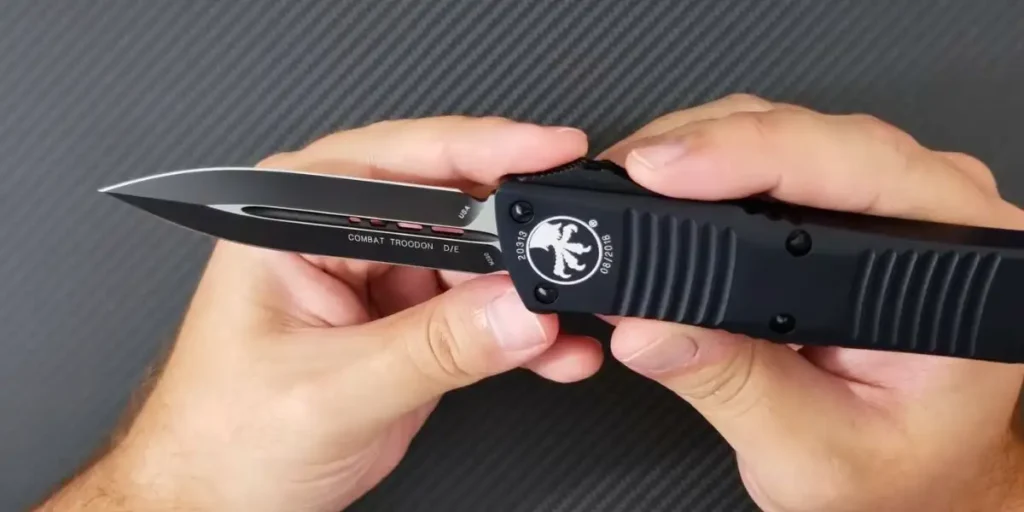 What Knife Does John Wick Use? Learn About His Deadly Blade
What Knife Does John Wick Use? Learn About His Deadly Blade -
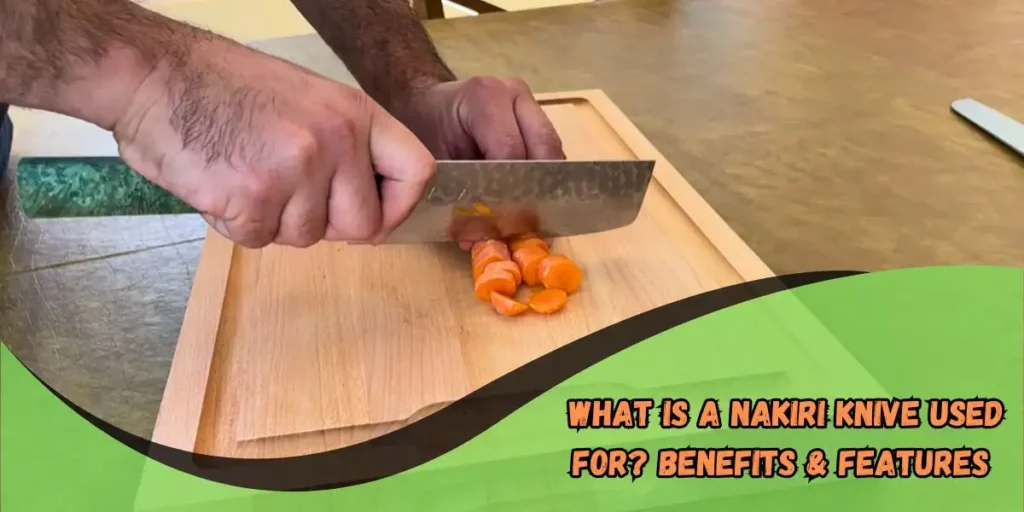 What is a Nakiri Knives Used For? Benefits & Features Explained
What is a Nakiri Knives Used For? Benefits & Features Explained -
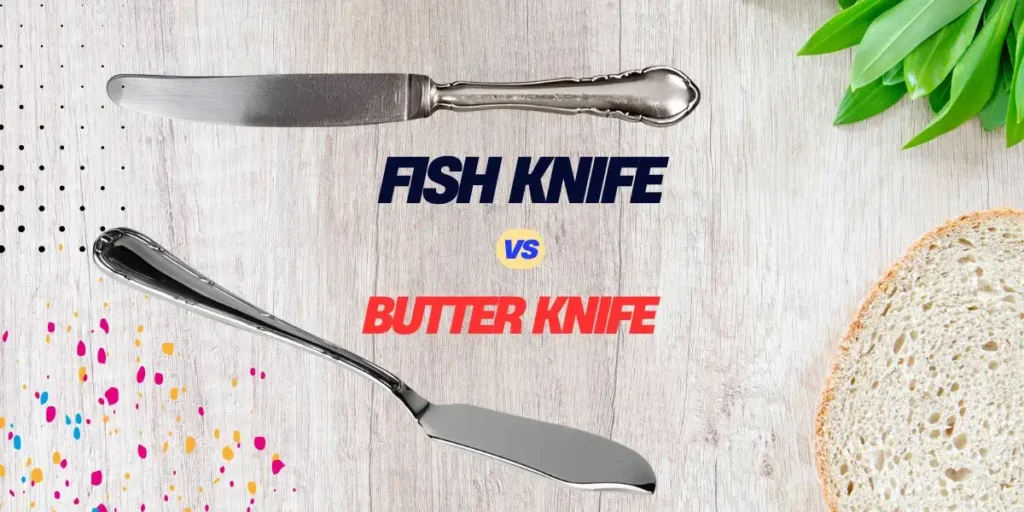 Fish Knife vs Butter Knife: Key Differences and Uses Explained
Fish Knife vs Butter Knife: Key Differences and Uses Explained -
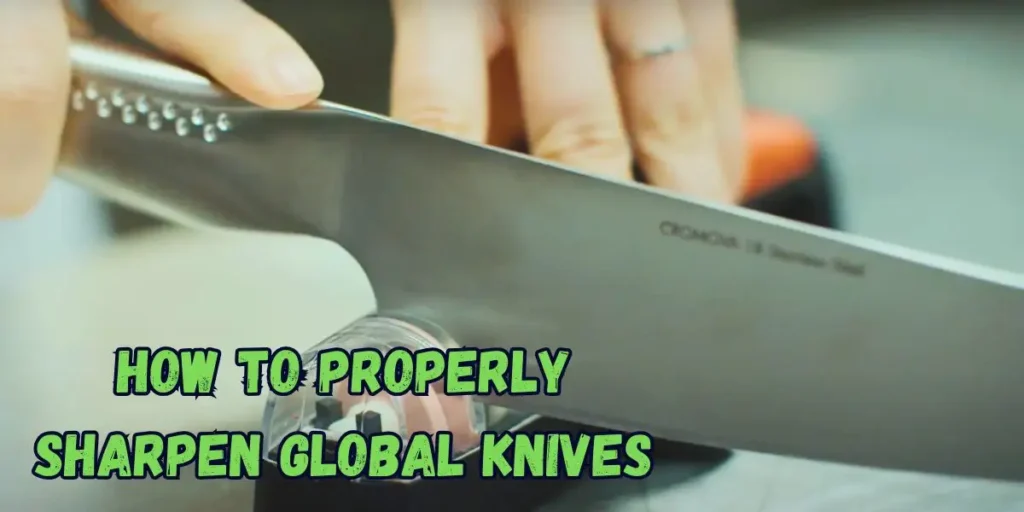 How to Sharpen Global Knife: A Quick Guide 2025
How to Sharpen Global Knife: A Quick Guide 2025 -
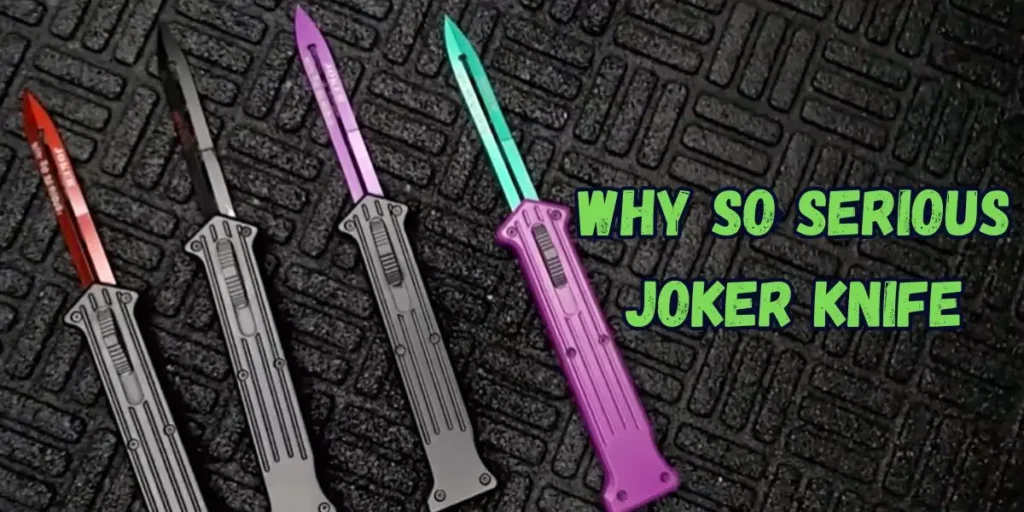 Decoding the Iconic Why So Serious Joker Knife
Decoding the Iconic Why So Serious Joker Knife -
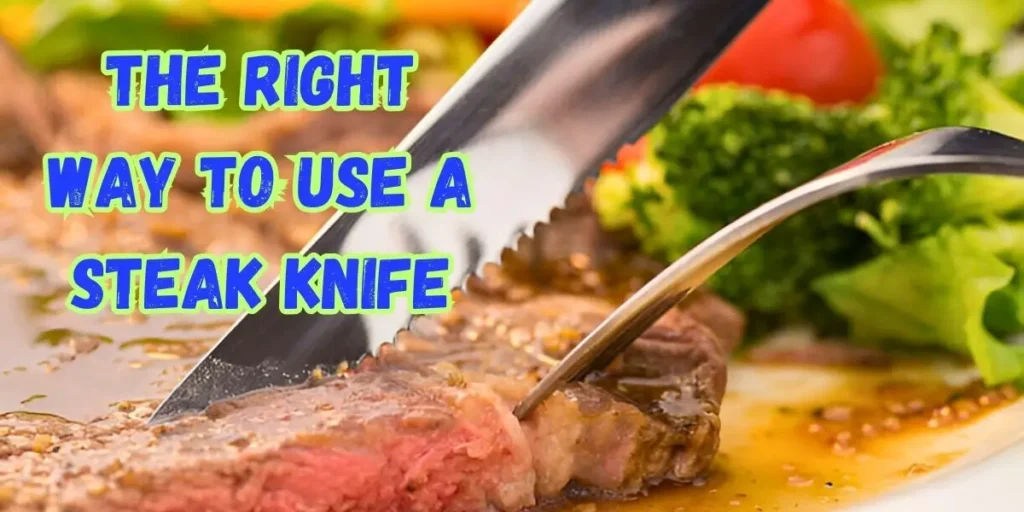 The Right Way to Use a Steak Knife: Tips and Tricks
The Right Way to Use a Steak Knife: Tips and Tricks -
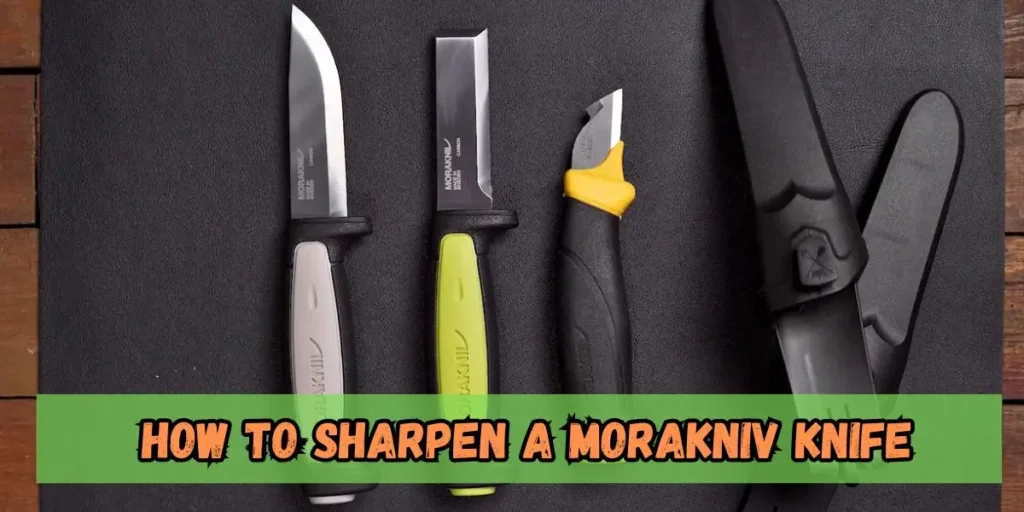 How to Sharpen a Morakniv Knife Safely and Effectively
How to Sharpen a Morakniv Knife Safely and Effectively

